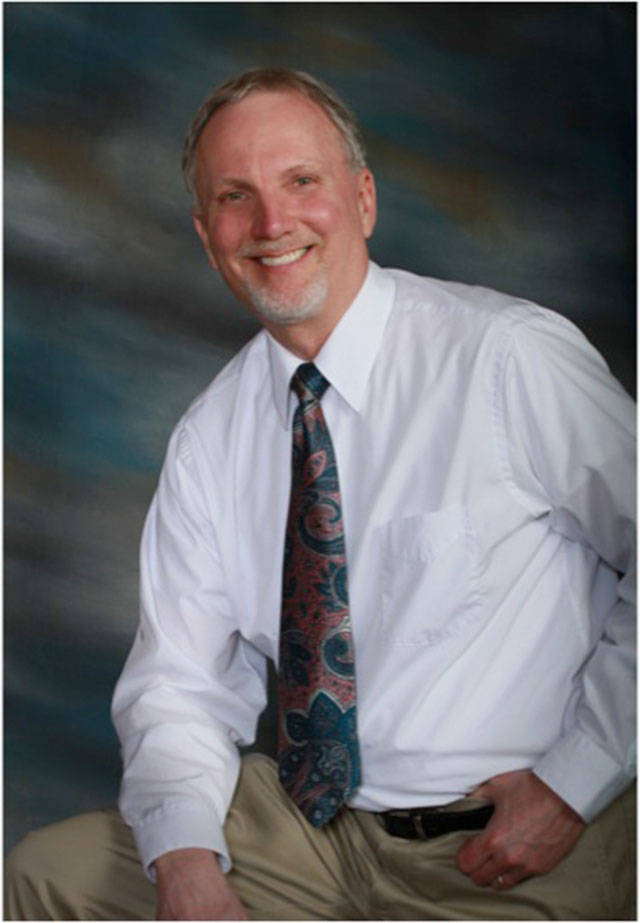Some of you remember the 1950s. The majority of the U.S. population does not. They weren’t born yet. For some, the most vivid memory of their past is of the U.S. landing on the moon in the summer of 1969. For others, it is the Challenger explosion in 1986 or the 9/11 attack in 2001.
For me, the 1950s bring back memories of intact families. I grew up in Renton, where my mother stayed home and raised my brothers and me while my dad took a bus each day to work in Seattle. There was no I-5, SR 167, or I-405. Those would have to wait until the 1960s when President Dwight Eisenhower convinced Congress to create the Interstate Highway System we have today.
There were a lot fewer people living in Washington state then, only 2.5 million. Today Washington has nearly 7.5 million residents. The sheer number has changed how we live today. We are a lot more prosperous, but also a lot poorer.
My brothers and I would go out to play with our friends and be gone all day. My mother would summon us home with a police whistle. There was no worry of sexual predators or children getting involved with drugs. They were not an issue in my world.
I got my first bike at age 10. No one wore safety helmets. I had coaster brakes that worked by pushing on the back pedal. The bike cost $25.
My father was a college-educated electrical engineer who brought in living wage. We weren’t rich, nor were we poor. Occasionally we would go out to eat. I remember a drive-in restaurant in Renton where we would be served in our car by girls on roller skates bringing us our meals on real plates with real stainless steel utensils. Trays were attached to the windows of cars. Later, McDonald’s changed all that with 25 cent hamburgers, french fries and milkshakes, all served in cardboard and paper. At the time, I only vaguely noticed the change.
We had one car, a Kaiser sedan. Our house had a one car-garage. I can’t remember anyone with a two-car garage. There were no seat belts and no airbags. Sometimes, on long trips I would sleep on the ledge in the back of our car, thinking nothing of the potential danger if my dad had to stop suddenly. No one else was much concerned about safety then, either.
I don’t remember race being an issue until one of my neighbor friends moved to Little Rock, Arkansas. He sent me newspaper clippings of the integration of Central High School by nine black honor students. I had trouble understanding what the issue was about.
My entire elementary school was made up of whites, although there were lots of Italian kids and families on my block. They would buy a live kid goat for their Easter dinner. We kids would play with it, then the father would kill it and throw the head and the carcass over the cliff behind the house into the bramble-berries below.
There was fear of a nuclear war with the Soviets. We had air raid drills where we got under our desks. There was also talk of black limousines taking us to a safe place in case of a nuclear war.
It was all strange and unrealistic in retrospect.
Men didn’t share their feelings. It was taboo. They were supposed to be strong and silent about their fears and thoughts. When I was in my 40s, I visited my father’s sister and her daughter, my cousin. My father had died when I was 22. They noted that my father loved me. I started to cry, and I didn’t know why. Only in retrospect did I realize that my father loved me. I tell my kids and grandkids I love them all the time.
My first memory of an earth-shattering event was the launch of Sputnik in 1957. The school system geared up to compete with the Soviets and, in the process, made learning more difficult because they used college-level language which we were too young to understand.
As with many governmental decisions over the years, it was an overreaction. We are living in such a time of fear again, although not a fear of communism. Today our fear is of immigrants and that the white race will lose its dominance in a multiracial and multicultural nation.
We will experience scarring but we will survive, as we did in the 1950s.


